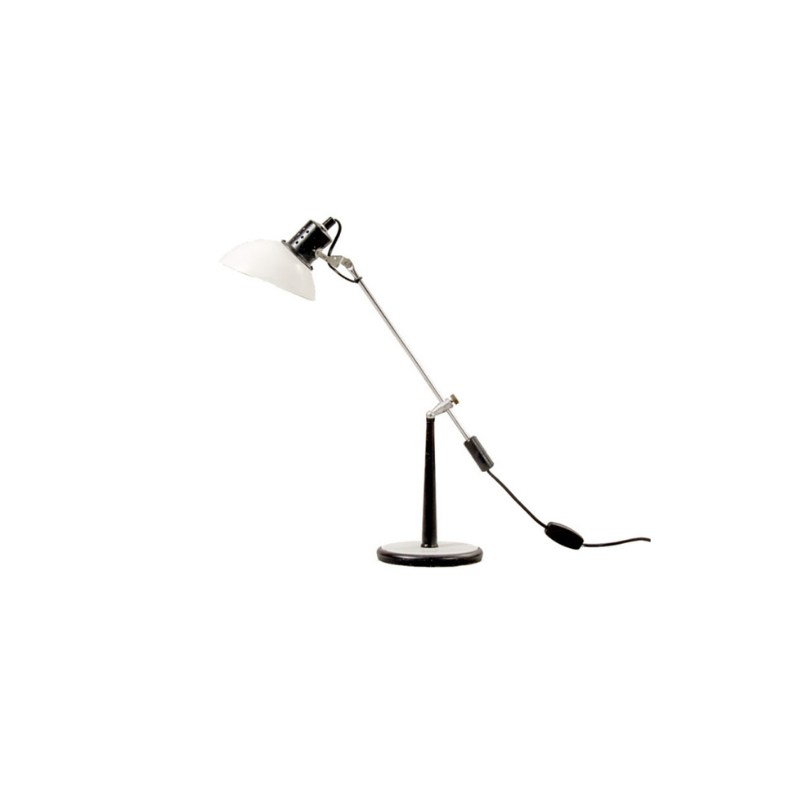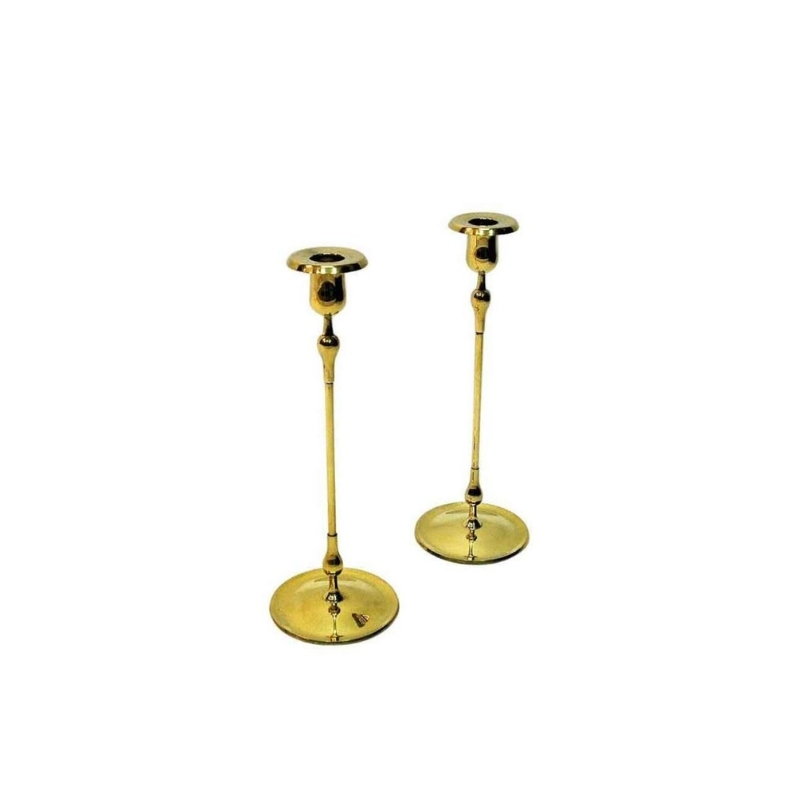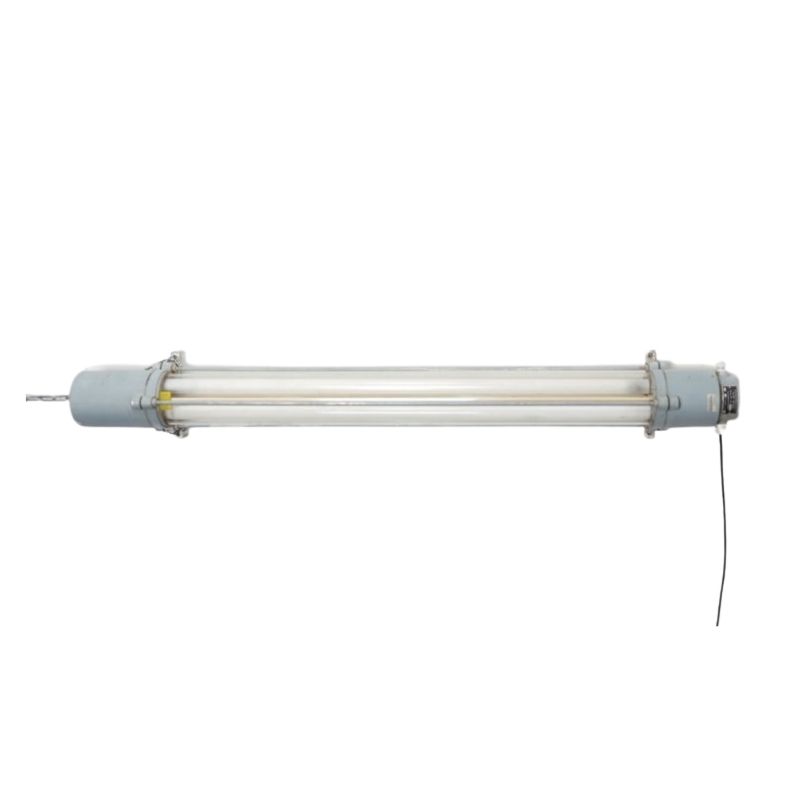Baughman desk for Glenn of California: finish is worn off in a few areas on front around drawers, and overall finish is a bit dull and uneven.
Cherner Chairs: finish is mostly worn off on two chairs and they have some water staining. I believe these are early versions based on 2-inch waist. I have another pair of upholstered Cherners with 3-inch waists that are finished in a reddish-brown stain
I'd love to hear your advice on refinishing these (or not) . I plan to keep and use the chairs and sell the desk. Thanks

I wrote a detailed response to this thread a few days ago but now it's not here. Maybe it never was here, I don't know. This place is kind of a mess right now.
Anyway. Looks like a tinted lacquer finish. Lacquer doesn't wear off evenly, it chips and flakes as it loses its bond with the wood from being dinged, banged up, getting wet and maybe even too cold or too dry. Tinted lacquer was often used on light colored wood species to give them the look of walnut or teak or even wenge---still is, sometimes.
There isn't a good way to restore it, at least not for amateurs. A pro might be able to dissolve the lacquer enough to spread it around but that's very tricky to do. It dissolves within seconds of applying acetone and due to extremely rapid evaporation rate, it will dry before you can even spread it.
If you oil wood with this finish in this condition, the oil will be absorbed in the bare areas but not in the lacquered areas, since lacquer is a barrier to oil. The light, bare wood will darken a little but won't match the original color.
If you want to strip the lacquer off and refinish completely, you can do that with either acetone or methylene chloride paint/varnish stripper.
Acetone is cheaper and quicker but you have to work really fast because it evaporates so quickly. It also has very low surface tension and it will run off surfaces that aren't perfectly level---and will drip down onto areas that you just finished wiping clean! It also makes your fingers FREEZING cold, even through heavy-duty chemical-resistant gloves, which you must wear because it will dissolve regular ones before you're done. It helps to work on a warm or hot day.
The good part about acetone, and one of the reasons I prefer it, is that it dissolves lacquer immediately and completely so there is no need to scrub with steel wool or scrape with scrapers. Let it sit for 5 minutes, adding more as needed so that it stays wet (a single layer of cheap paper towel will slow evaporation and help to keep it from running off). Then just wipe away with paper towels & more acetone. Go over once more with clean acetone & clean paper towels until there is no finish left. Have a lot of paper towels torn off the roll and ready to go.
(Two tricks i figured out for certain pieces: for disassembled chair legs, rungs, etc, get a 4" diameter PVC pipe about 2' long, and one of those black rubber/neoprene pipe caps and a pipe clamp. Assemble, stick a chair part in and fill to cover acetone. Five minutes later, remove it and wipe it down. Done. For smaller items like wooden bowls and stuff, pour some acetone into an old bowl. Dip object in, rotate, use #0000 steel wool pad as a sponge as if you're washing dishes. Takes about 5-6 minutes. Wipe down with clean acetone & paper towels.)
Other people prefer methylene chloride stripper. It's thick and slippery and must be left on for at least 10 minutes to dissolve the finish, then you have to scrape it off into a can or something, then when done you must go over the entire piece with paint thinner, acetone, or denatured alcohol to remove waxy residue left by the stripper. Some types are water based so you can use a water wash but then you risk raising the grain on the wood.
I don't like stripper because it is so messy and even with long sleeves, long pants, and heavy duty gloves I ALWAYS end up with a few drops on me that result in chemical burns no matter how quickly I rinse them off. I keep a container of fresh water just for this purpose and I still get burns.
Of course you MUST use a respirator and safety glasses for both of these methods, even when working outside. And again--heavy duty, chemical resistant gloves.
By now, sanding might sound like a really good idea. Maybe it is for something like these pieces if your plan is to get them redone with tinted lacquer just like the original finish. I have stripped tinted lacquer off a few things but then just ebonized them. I strip far more lacquer off teak items and teak is best just oiled, not sanded which destroys the patina. Full disclosure: I hate sanding! I hate it more than stripping with meths.
Whatever you do, give it a LOT of thought first. Don't plunge ahead because it's exciting and you want to get going on it. Talk to others. Ask a lot of questions.
Thanks so much for the replies and especially the detailed advice on stripping old finishes. Assuming I stripped these pieces with Acetone, is there a finish other than tinted lacquer you'd recommend? The desk finish seems to have a slight green tint, maybe from age, but I'd be fine with a more natural walnut color. More like the desk shown in this picture from a recent Wright auction.

There are various types of stains and dyes but I have very little experience with any of them.
I do know that aniline dye gives good results BUT it is very tricky to apply. If you don't do it correctly, you'll end up with very blotchy color.
Gel stain can be a good choice but I think it might depend on the wood species. Some softer woods do not absorb stain evenly at all. I used gel stain on some hardwood with great results but then I tried it on birch and it didn't look much better than Minwax liquid stain (which looked awful, very uneven). This is where tinted clear finishes come in. They will provide even color over the whole piece no matter what the wood is.
I don't know of any tinted lacquer for DIYers. There are--or were---others here who know more about that than I do but since the forum upgrades in the past couple of weeks that resulted in non-functioning IDs & passwords, missing threads, etc., a lot of regular members have disappeared. You might want to look for a reputable furniture refinisher in your area before you do anything.
Oh, also--the greenish color is pretty common in old walnut-tinted lacquers. It seems that the pigments are not stable over time. I had a nice Danish chair once where one side was very greenish. I think it had been sitting next to a very sunny window for a long time.
If you need any help, please contact us at – info@designaddict.com









